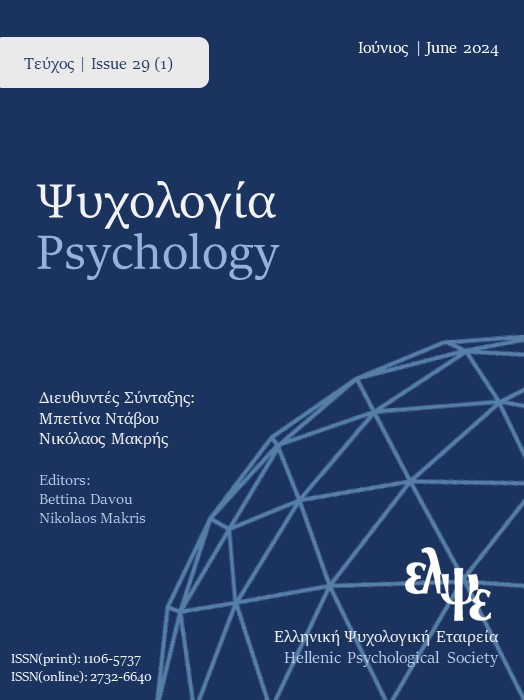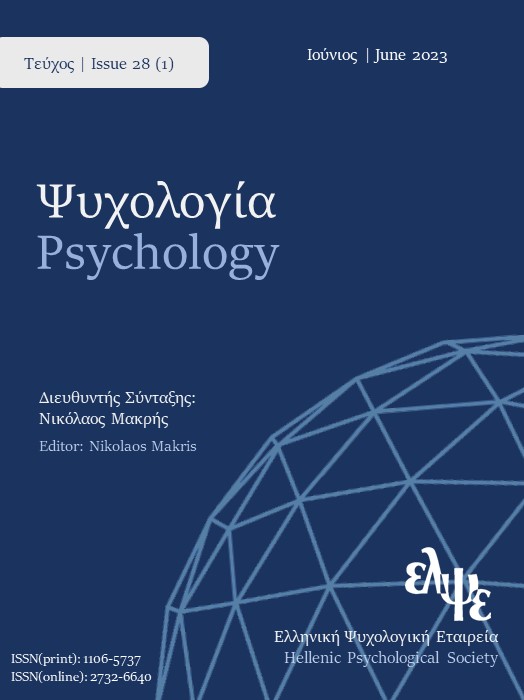Constructions of the etiology and (re)production of police violence in interviews with young adults

Abstract
This study aimed to explore ways of constructing police violence in the discourse of young adults in Greece. The focus was, in particular, on the construction of causality and the rhetorical and ideological implications of these constructions. The data consisted of transcripts of 17 individual interviews which were conducted online, due to COVID-19 regulations at that time. The analysis was based on the principles of critical discursive social psychology and demonstrated four main argumentative lines that participants used to account for police violence: The first emphasized personality and individual differences, the second police culture and training procedures, the third the role of police as a state institution and the fourth approached violence as a result of intergroup conflict. Participants’ rhetorical constructions and strategies were discussed in terms of the constructions of agency they involved and their potential to castigate but also to legitimize and normalize police violence.
Article Details
- How to Cite
-
Boutzi, A. M., Stamataros, L., & Figgou, L. (2024). Constructions of the etiology and (re)production of police violence in interviews with young adults. Psychology: The Journal of the Hellenic Psychological Society, 29(1), 194–213. https://doi.org/10.12681/psy_hps.33335
- Section
- RESEARCH PAPERS

This work is licensed under a Creative Commons Attribution-ShareAlike 4.0 International License.
The journal PSYCHOLOGY adopts a Platinum open-access policy. Submission, processing or publication costs are waived by the Hellenic Psychological Society. Papers published in the journal PSYCHOLOGY are licensed under a 'Creative Commons Attribution-ShareAlike 4.0 International' licence. The authors reserve the copyright of their work and grant the journal the right of its first publication. Third-party licensees are allowed to use the published paper immediately after publication as they wish, provided they retain the defined by the license copyright formalities, regarding the reference to its author(s) and its initial publication in the journal PSYCHOLOGY. Moreover, any adjusted work should be shared under the same reuse rights, so with the same CC license.




